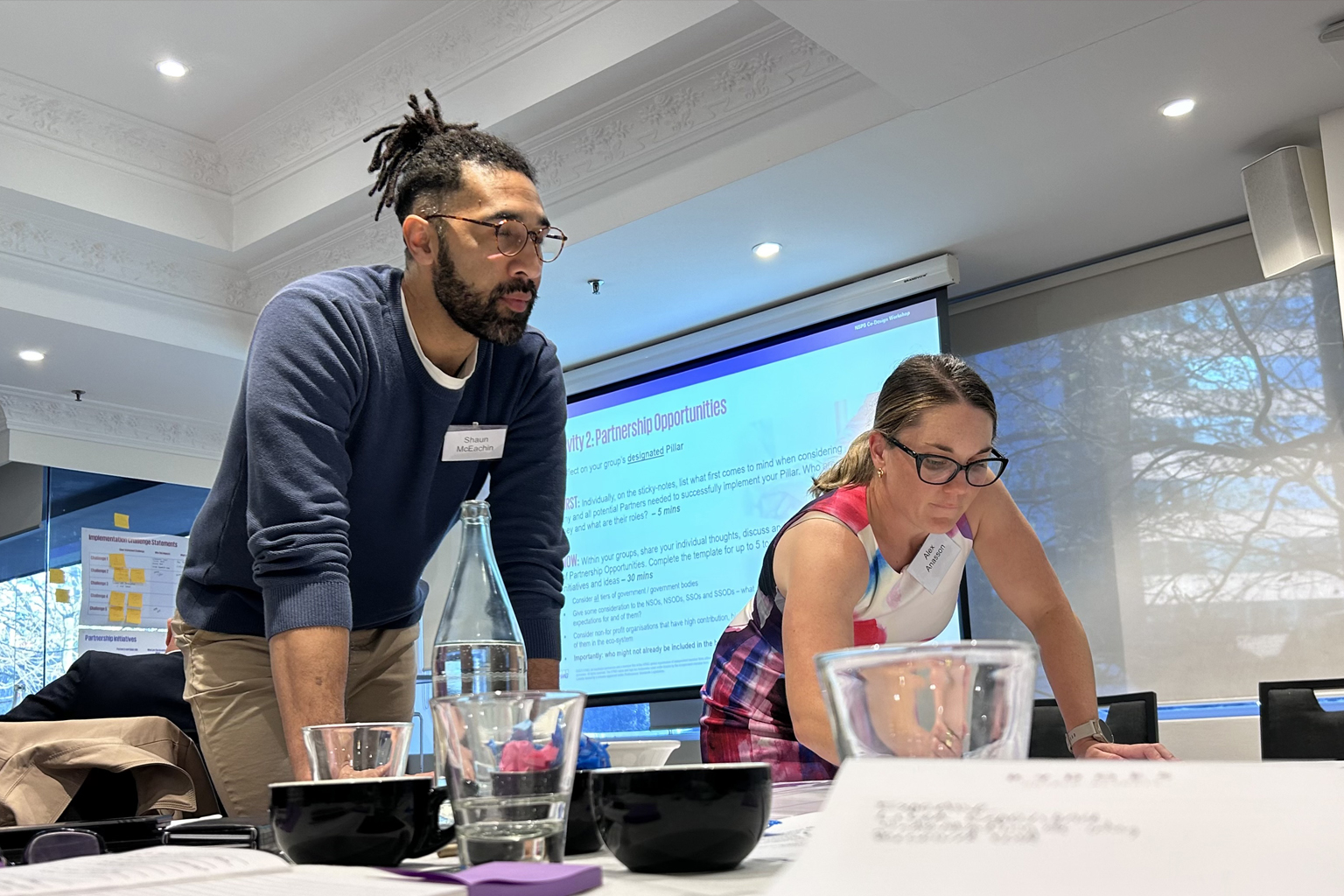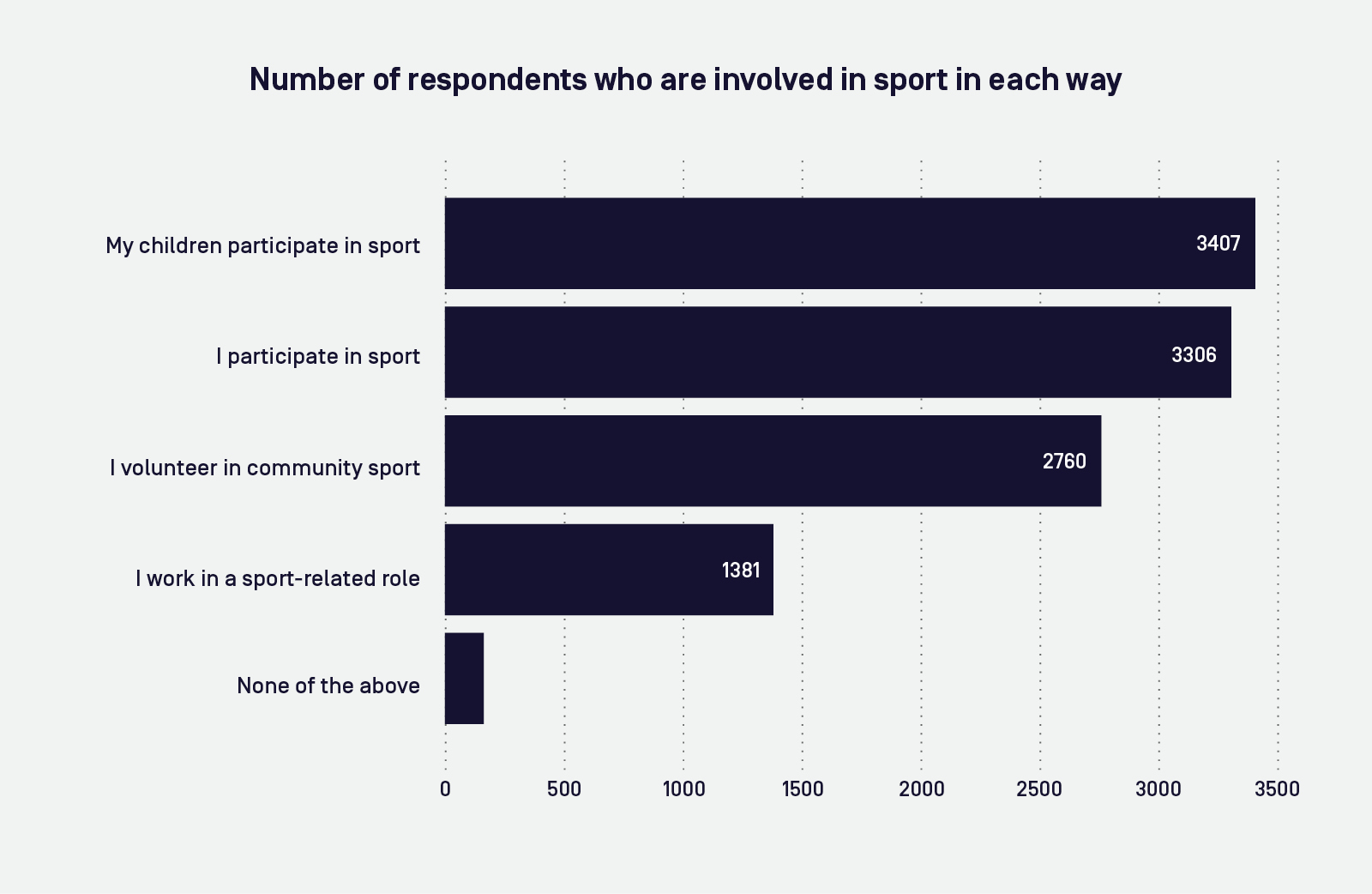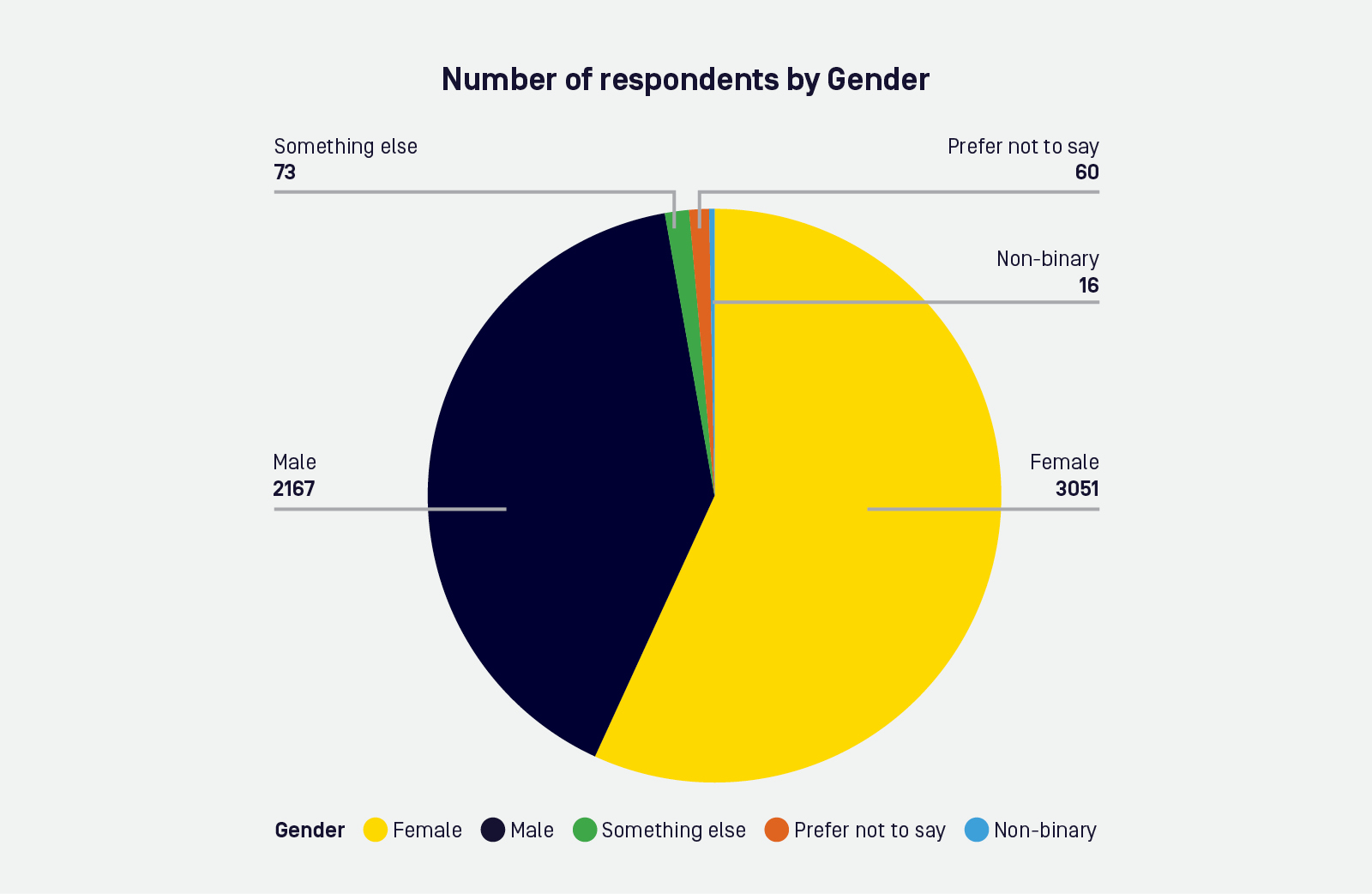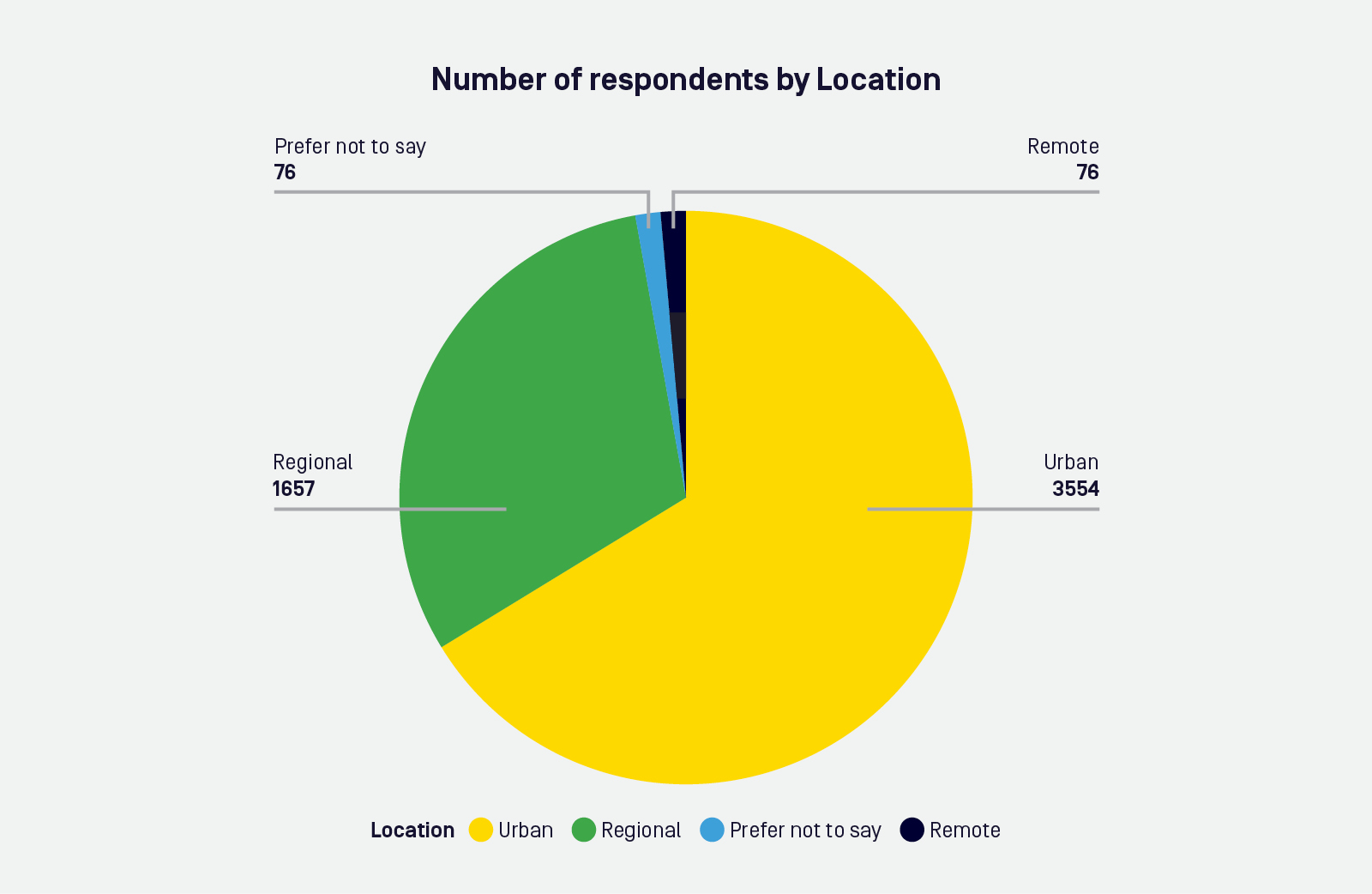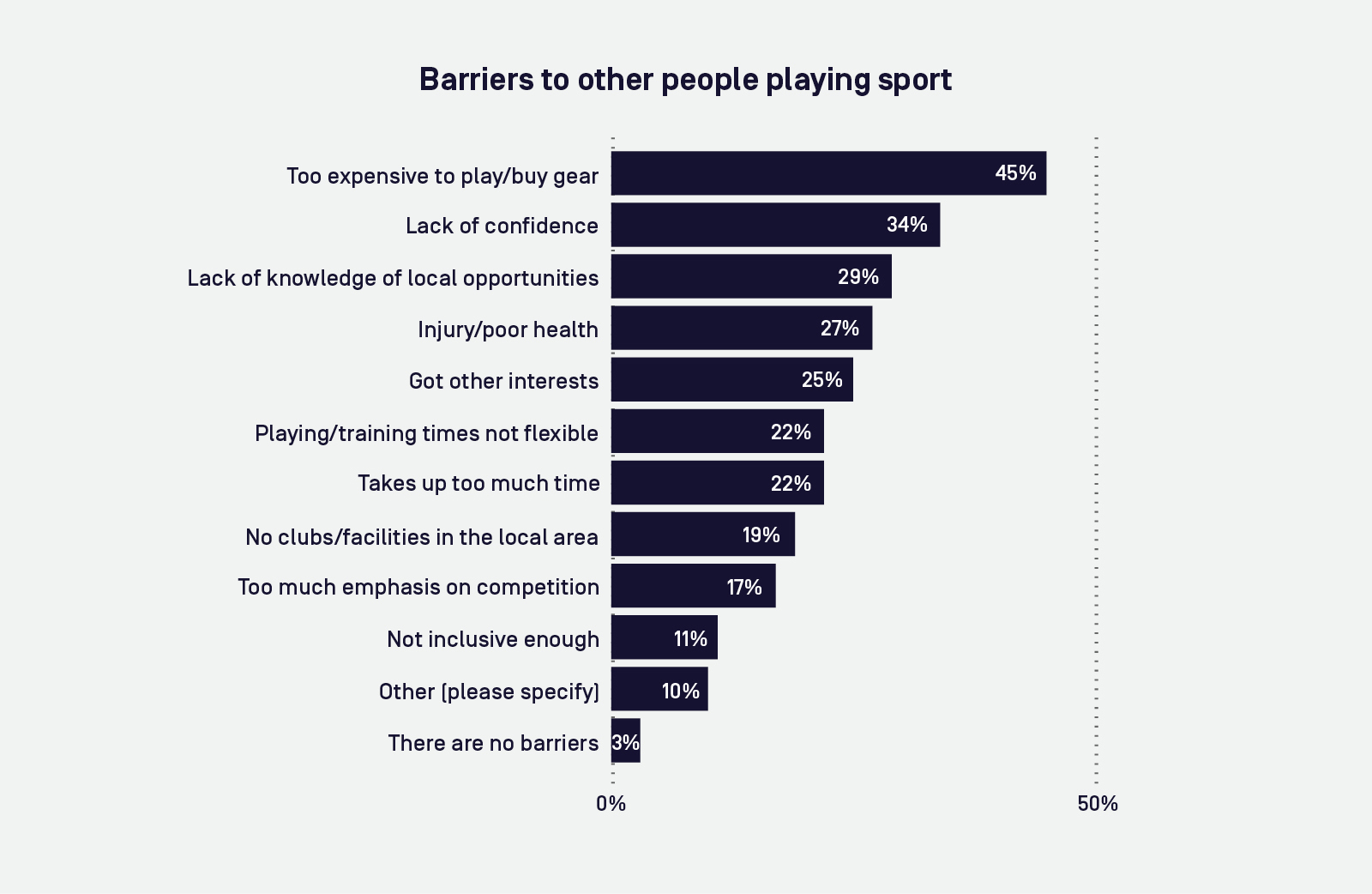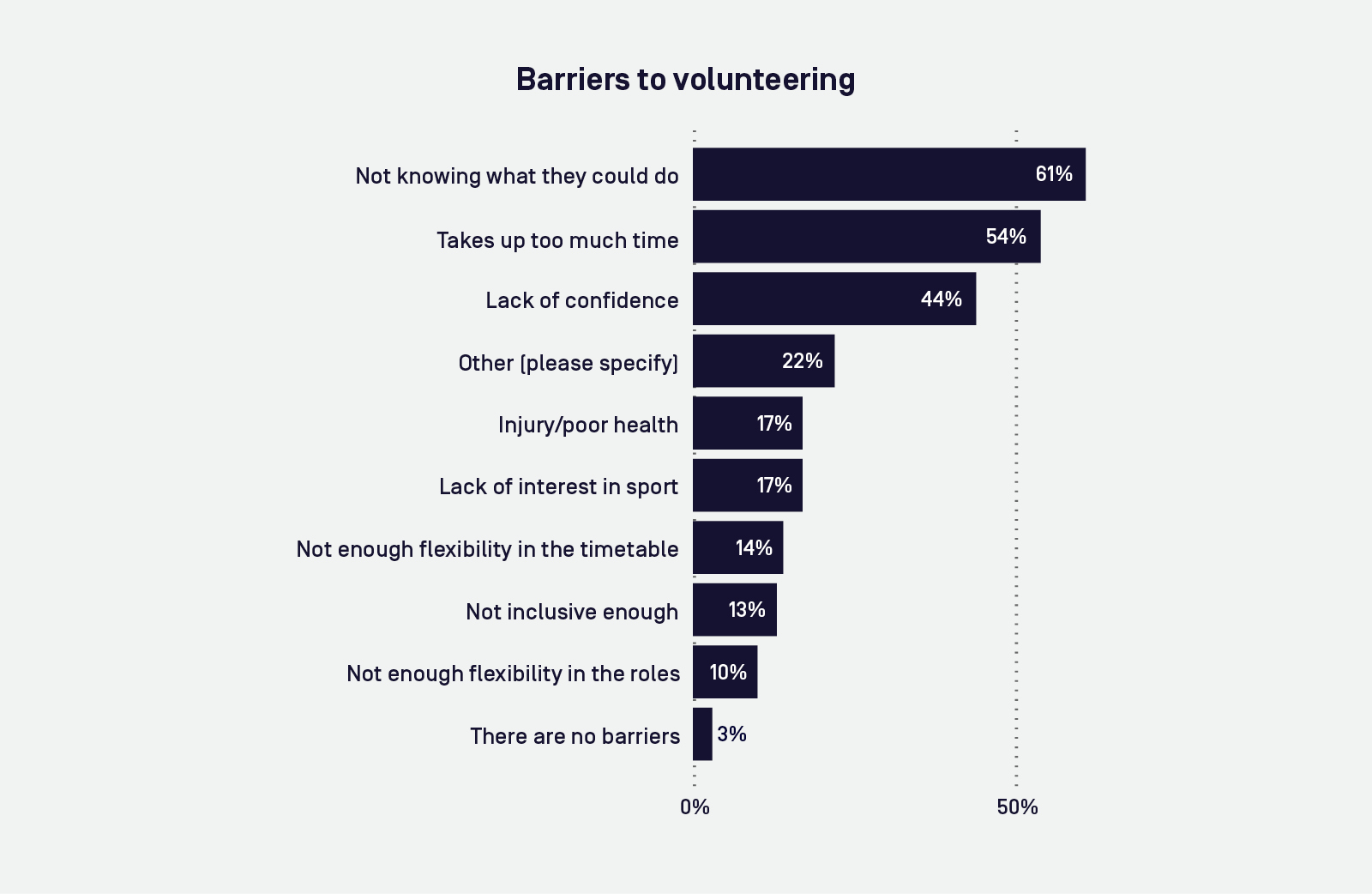A November launch date has been set for Australia’s first codesigned National Sport Participation Strategy following a sector wide workshop in Sydney.
More than 45 people including Project Steering Group (PSG) members, Pillar Working Group representatives, industry experts and Australian Sports Commission (ASC) staff attended the codesign workshop two months out from the strategy’s launch.
The workshop was an opportunity for participants to explore key insights gathered and examine the work the six Pillar Working Groups have done to help shape the strategy's content, activities, and measures.
Work first started on the strategy in January with extensive engagement taking place across Australia's sport sector over the past eight months.
Close to 400 individuals have participated in workshops held across the country and an online survey received almost 7,000 responses.
Alex Anasson from Triathlon Australia attended the Sydney workshop and said the strategy will have flow on effects for the entire sector.
“This work is so important for Australian sport. It’s the first time that we’ve done a strategy specifically for participation and considering that’s the heart of our sport sector it really will help us to align our cultures, our behaviour and help change the landscape of Australian sport for the better.”
Key statistics from the Participation Strategy survey
Graph 1: Number of respondents who are involved in sport in each way
| I work in a sport-related role | 1381 |
| I volunteer in community sport | 2760 |
| I participate in sport | 3306 |
| My children participate in sport | 3407 |
| None of the above | 163 |
Graph 2: Number of respondents by gender
| Male | 2167 |
| Female | 3051 |
| non-binary | 16 |
| Something else | 73 |
| Prefer not to say | 60 |
Graph 3: Number of respondents by location
| Urban | 3554 |
| Regional | 1657 |
| Remote | 76 |
| Prefer not to say | 76 |
Graph 4: Barriers to other people playing sport
| Takes up too much time | 22.0% |
| Injury/poor health | 27.0% |
| Lack of knowledge of local opportunities | 29.0% |
| Lack of confidence | 34.0% |
| Too expensive to play/buy gear | 45.0% |
| Too much emphasis on competition | 17.0% |
| Playing/training times not flexible | 22.0% |
| Not inclusive enough | 11.0% |
| Other (please specify) | 10.0% |
| There are no barriers | 3.0% |
| Got other interests | 25.0% |
| No clubs/facilities in the local area | 19.0% |
Graph 5: Barriers to volunteering
| Takes up too much time | 54.0% |
| Injury/poor health | 17.0% |
| Not knowing what they could do | 61.0% |
| Lack of confidence | 44.0% |
| Lack of interest in sport | 17.0% |
| Not enough flexibility in the roles | 10.0% |
| Not enough flexibility in the timetable | 14.0% |
| Not inclusive enough | 13.0% |
| Other (please specify) | 22.0% |
| There are no barriers | 3.0% |
PSG member and CEO SportWest Matt Fulton is passionate about community sport and the power of sport to bring communities together. He says the strategy is vitally important to every Australian.
“I've been really impressed at the way over the last number of months the Sports Commission has led a change in bringing together of a group of people to oversee the development of the strategy,” he said.
“I feel really confident that the strategy that's being developed at the moment will have the views of all of Australians embedded into it.”
Head of Community at Melbourne City Football Club Sunil Menon has also been involved in the strategy from the beginning as a PSG member.
“I think what we're trying to hopefully achieve is a position where everyone feels comfortable and reflected in sport and is able to consume it at their own pace and time,” he says.
“We know that there's so many changing factors in sport and how people consume sport and participate in sport and we're hoping that into the future we're able to future proof this, so you know, in four or five years’ time we're looking back and saying this is a great opportunity that we took to advance the participation of sport in Australia.”
- Find out more about the strategy at www.ausport.gov.au/participation2032
